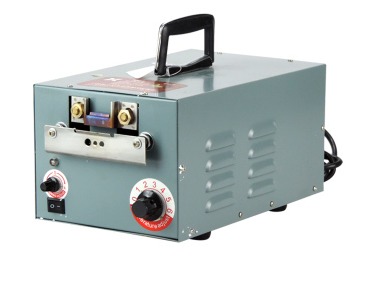animal pellet feed machine
Nov . 05, 2024 14:49 Back to list
animal pellet feed machine
The Importance of Animal Pellet Feed Machines in Modern Agriculture
In the evolving landscape of modern agriculture, the demand for efficient and sustainable feeding solutions has become increasingly crucial. One of the most significant innovations in this field is the animal pellet feed machine. This equipment plays a vital role in the production of high-quality animal feed pellets, essential for promoting the health and growth of livestock.
Animal pellet feed machines are designed to process raw ingredients into compact and nutritious pellets that are easier to store and consume. These machines utilize a combination of grinding, mixing, and pelleting functions to create a uniform feed product. The advantages of using pellet feed over traditional loose feed are numerous, including improved digestibility, reduced feed waste, and better nutrient absorption.
How Animal Pellet Feed Machines Work
The process begins with the selection of high-quality raw materials such as grains, legumes, vitamins, and minerals. These ingredients are first ground into a fine powder. The grinding process is crucial because it increases the surface area of the feed, making it easier for animals to digest. Once ground, the ingredients are mixed thoroughly to ensure a balanced nutritional profile.
Next, the mixed feed undergoes the pelleting process. The feed mixture is fed into the pellet mill, where it is subjected to high pressure and temperature. This process not only shapes the feed into pellets but also helps to destroy harmful pathogens, making the feed safer for consumption. The result is a dense and palatable pellet that retains the nutritional benefits of the original raw materials.
Benefits of Using Animal Pellet Feed Machines
animal pellet feed machine

1. Nutritional Value Pellet feed is specially formulated to meet the dietary needs of different animals. The process of pelleting often enhances the bioavailability of nutrients, ensuring that livestock receive the essential vitamins and minerals required for optimal growth and production.
2. Reduced Feed Waste Animals tend to waste less pellet feed compared to loose feed. Pellets are easier to consume, resulting in lower feed wastage and more efficient use of resources. This is particularly important in large-scale farming operations, where feed costs can significantly impact overall profitability.
3. Improved Livestock Health The uniformity of pellet feed promotes consistent feeding, which can lead to more stable growth rates. Additionally, the pelleting process helps to eliminate harmful bacteria and molds, thereby reducing the risk of diseases in livestock.
4. Convenience and Storage Pellet feed is easier to handle and store than bulk feed. The compact size of pellets allows for more efficient transportation and storage, reducing logistic costs for farmers.
5. Customizable Formulations Modern animal pellet feed machines allow for customizable feed formulations. Farmers can tailor the diet to meet the specific nutritional requirements of their animals, which can vary based on species, age, and production goals.
Conclusion
In conclusion, animal pellet feed machines have revolutionized livestock feeding practices. By transforming raw materials into high-quality pellets, these machines offer numerous benefits that enhance animal health, reduce waste, and improve overall efficiency in farming operations. As agriculture continues to embrace technological advancements, animal pellet feed machines will undoubtedly play a pivotal role in ensuring sustainable and productive livestock farming for the future. The integration of such technology is not just a trend but a necessary evolution in meeting the growing global demand for animal products.
-
Hot Sale 24 & 18 Door Rabbit Cages - Premium Breeding Solutions
NewsJul.25,2025
-
Automatic Feeding Line System Pan Feeder Nipple Drinker - Anping County Yize Metal Products Co., Ltd.
NewsJul.21,2025
-
Automatic Feeding Line System Pan Feeder Nipple Drinker - Anping County Yize Metal Products Co., Ltd.
NewsJul.21,2025
-
Automatic Feeding Line System - Anping Yize | Precision & Nipple
NewsJul.21,2025
-
Automatic Feeding Line System - Anping Yize | Precision & Nipple
NewsJul.21,2025
-
Automatic Feeding Line System-Anping County Yize Metal Products Co., Ltd.|Efficient Feed Distribution&Customized Animal Farming Solutions
NewsJul.21,2025






